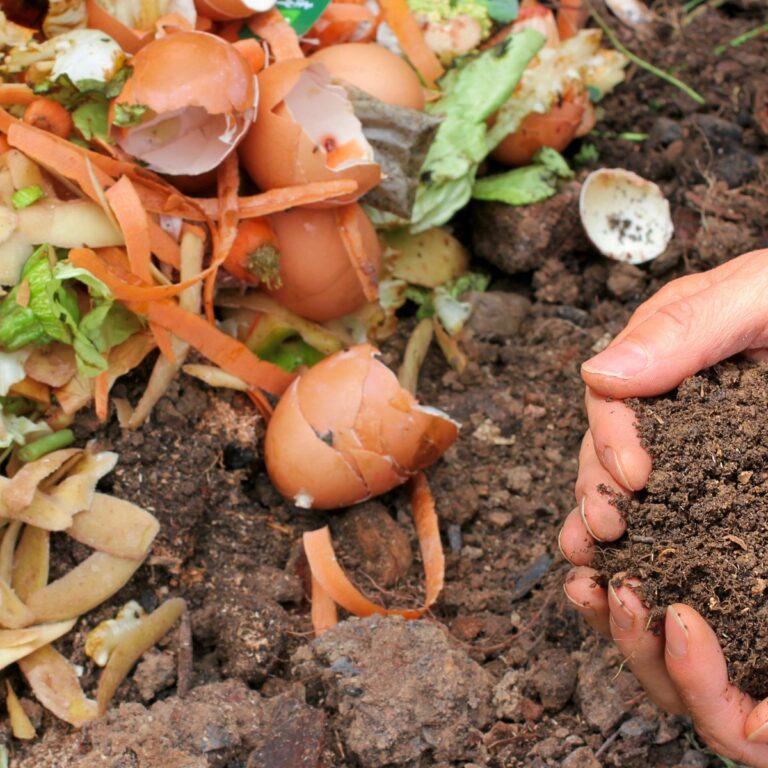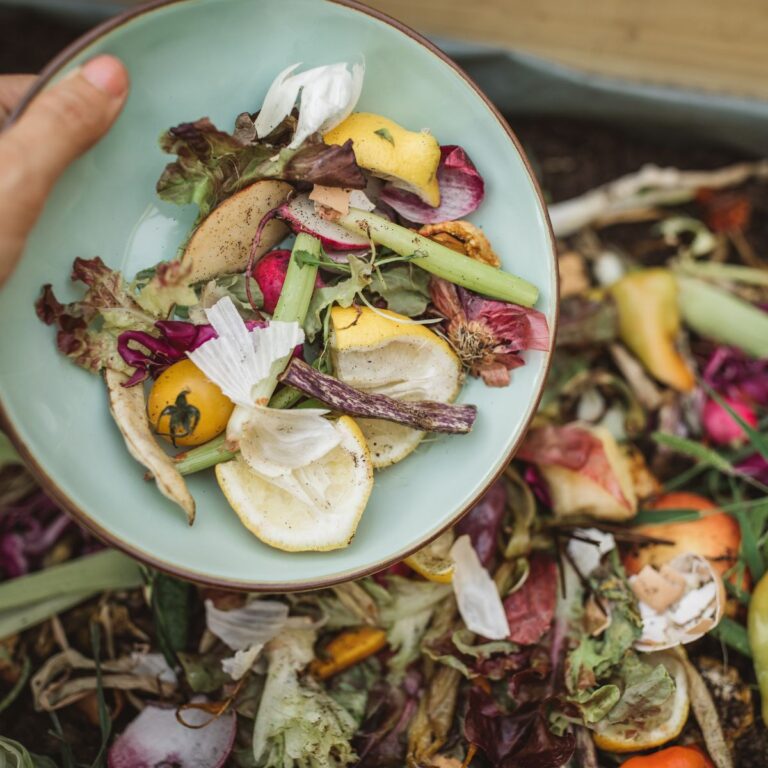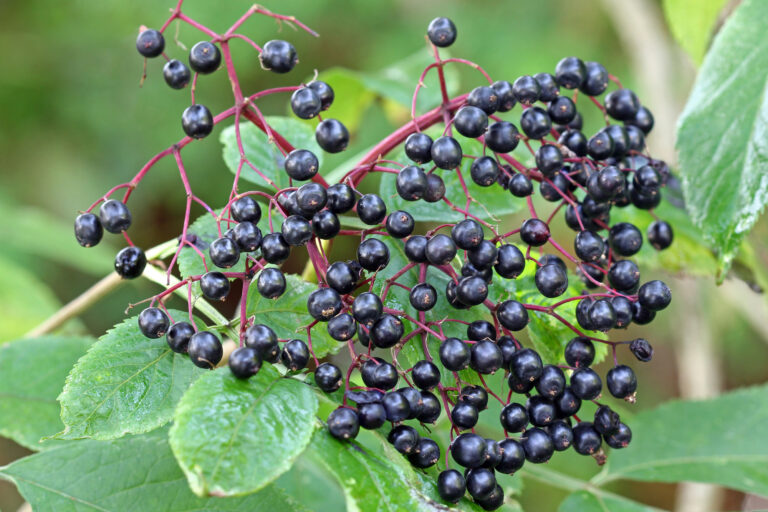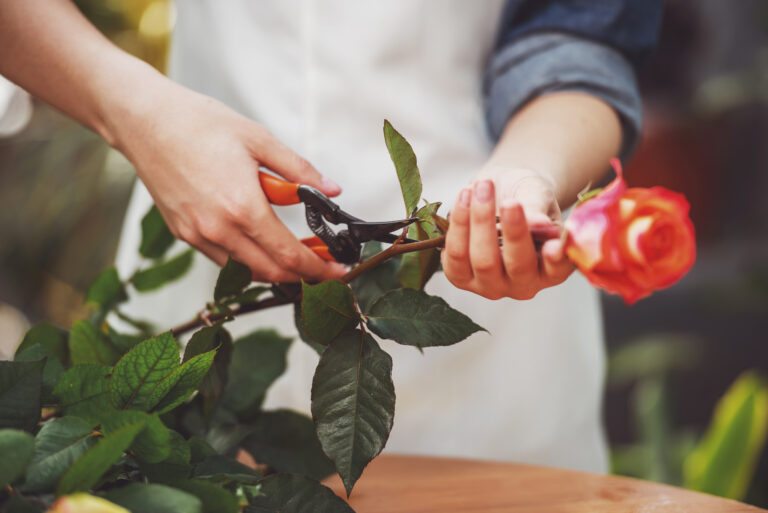This post may contain affiliate links.
Regularly pruning your tomato plants throughout the growing season can achieve healthier plants, yield more fruit, and enjoy a larger harvest. This means you’ll have an abundance of tomatoes that might not have been possible otherwise.
If you’re dealing with tomato plants that often get diseased, tend to droop, or look unhealthy, then pruning should be on your gardening checklist.
Here’s how you can properly prune your tomato plants.
Why Prune Tomato Plants?
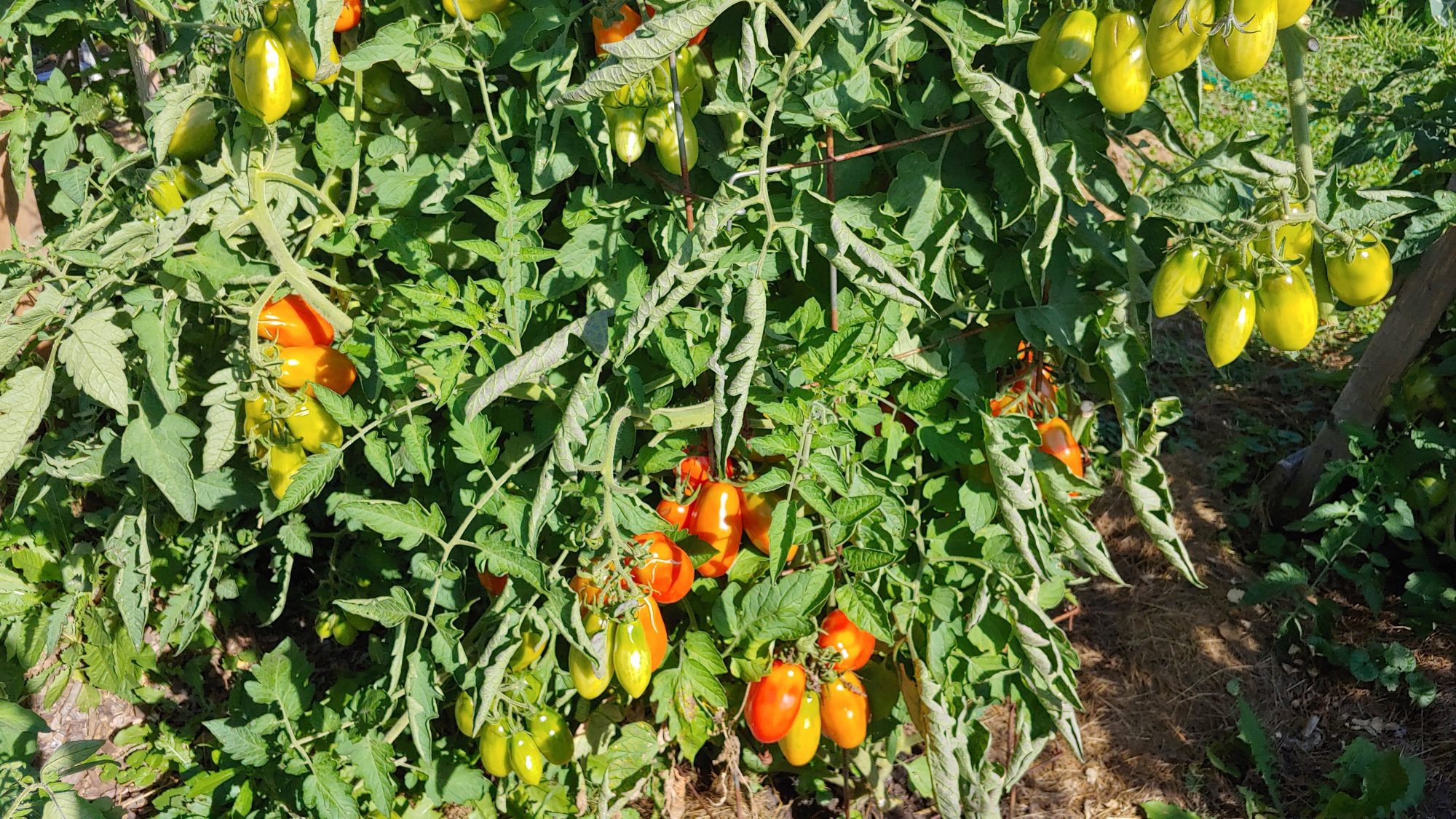
There are three key reasons why pruning tomato plants is essential for a bountiful and healthy crop.
Firstly, leaves and branches that touch the ground are prone to disease and pest infestations. These parts of the plant can easily become gateways for pests and diseases to enter. Removing these low-hanging branches reduces the risk of such problems spreading to the rest of the plant.
Secondly, a tomato plant with dense foliage tends to trap moisture and limit airflow, creating an ideal environment for diseases to thrive and spread. Pruning helps open the plant, allowing air to circulate more freely and reducing the likelihood of disease transmission. It also helps prevent the plant from becoming too heavy and sagging.
Lastly, as the growing season winds down, it’s beneficial for the plant to concentrate its energy on fruit development rather than on new leaf growth. By pruning the new growth at the top of the plant, you signal it to focus on ripening its fruit. This way, the plant prioritizes enlarging and maturing tomatoes over getting taller.
How to Prune Tomato Plants

You’ll need a sharp pair of pruning shears to prune tomato plants effectively. Here’s what to focus on when pruning:
- Remove Unproductive Branches: Start by identifying branches with leaves but no fruit, especially those turning yellow or brown or showing signs of disease. These branches, particularly if they’re touching the ground, could spread diseases. Cut them off as close to the main stem as possible, and dispose of them away from your tomato plants.
- Prune branches that are higher up and not bearing fruit to improve air circulation and light penetration within the plant. You might notice two branches at a point on the plant: one bearing fruit and another just below it with only leaves. The lower, leaf-only branches can be trimmed to prevent overcrowding. However, only about one-third to one-half of these are removed to avoid stressing the plant, which could divert its energy towards leaf production.
- Eliminate Suckers: Suckers are branches that sprout from the base of the plant around the main stem, diverting energy from the main plant. Cut these as low as possible to focus the plant’s energy on fruit production.
- Towards the end of the growing season, prune any green branches that are growing straight up and are relatively new. This helps manage the plant’s height and signals it to focus on ripening existing fruit rather than growing taller.
When to Prune Tomato Plants
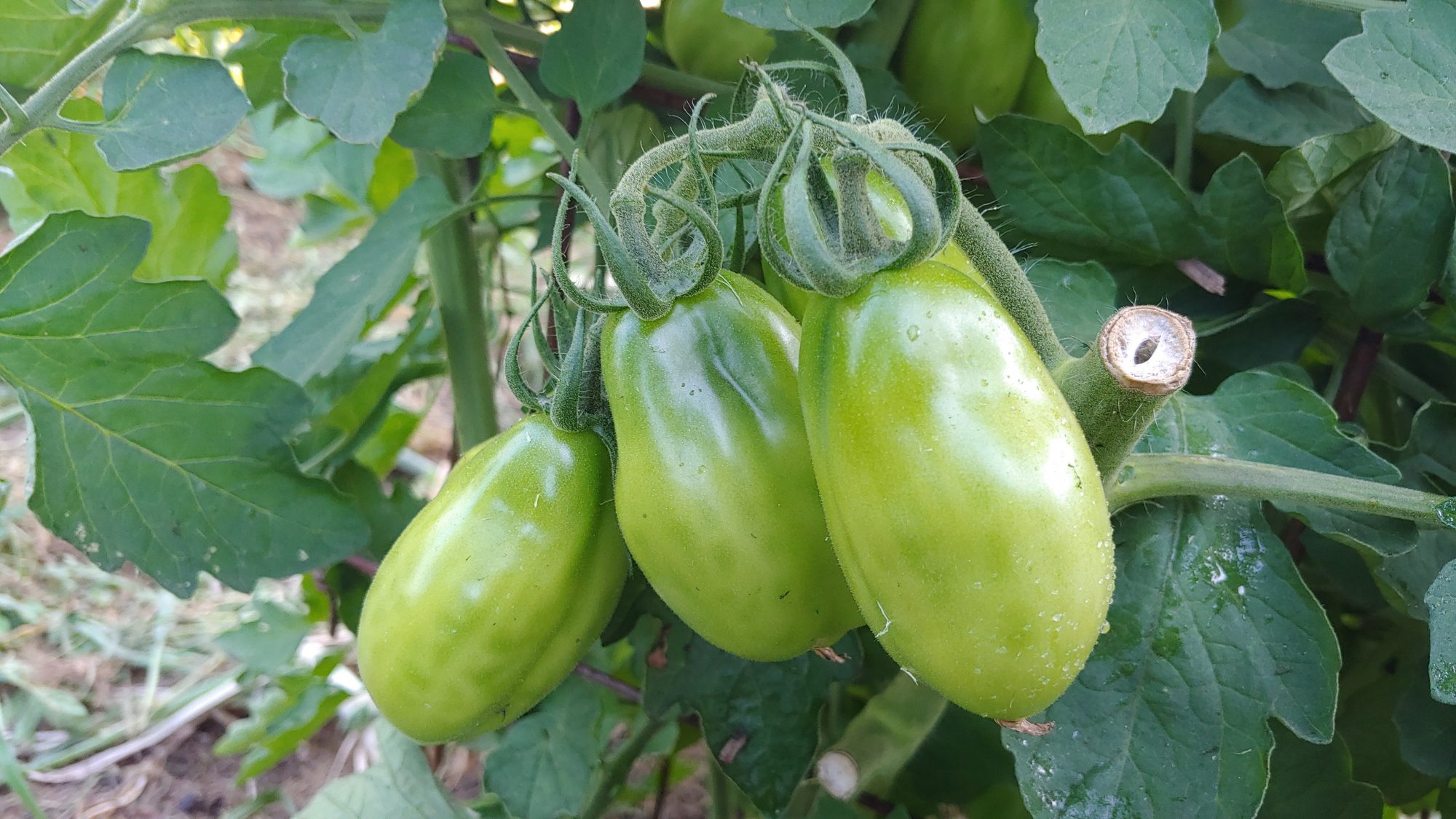
Don’t rush to prune your tomato plants as soon as they start growing. It’s better to wait until they’re about one-third to half through the growing season. Look for signs like low-hanging branches beginning to yellow; this indicates your plants are ready for pruning.
Additionally, when your tomato plant starts to look full, or its branches spill out of its support cage or stake, it’s a good time to thin it out.
Towards the season’s end, when nights become cooler, and you expect the first frost within the next 2-3 weeks, you should prune the top of your plant. Doing so will help the remaining fruit ripen just in time before the cold fully sets in.
More Information on Growing Tomatoes
- How to Plant a Tomato Seedling
- How to Support Tomatoes: Stakes vs Cages
- How to Make Tomato Sauce in an Instant Pot
This article was originally posted on Homestead How-To: How to Properly Prune Tomato Plants

